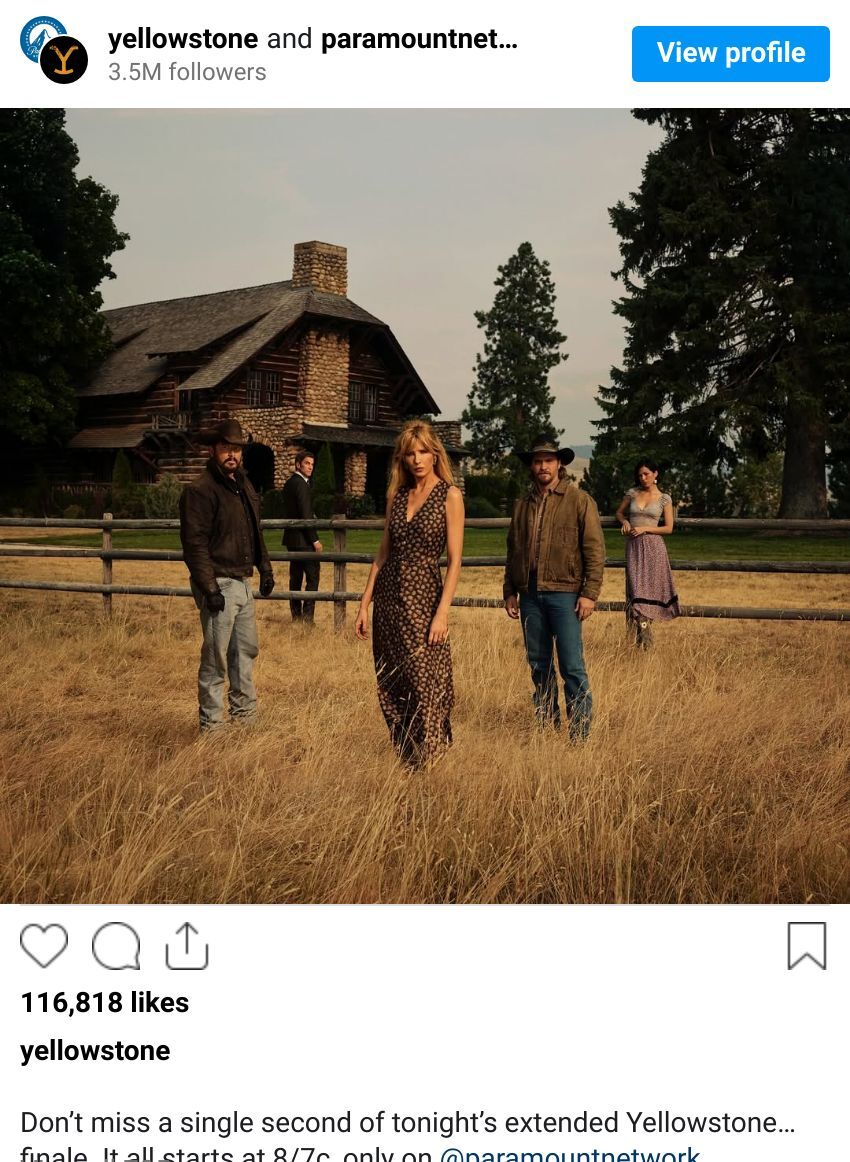Welcome
More Music. Less Noise.
Hot on the heels of the Grammys dropping their list of nominees for the 2026 award show, the internet had a field day with album-of-the-year-nominated Justin Bieber at Kris Jenner’s birthday party. (If only we vibed with our notes like Biebs and the Kardashian matriarch dancing to DAISIES!) With 81 days until the Grammys, it’s a great excuse to pop on some music as therapy and catch up on the years biggest hits.
Whatever is resourcing you these days—here’s your friendly weekly reminder to do more of that! Maybe take some inspiration from Gen Z’s TikTok (see below) and do nothing…but skip posting about it, please.
With care,
Enid
As always, my inbox is open 👉 [email protected]
This week 🗓️
🚻 Burn it Down: Women on “Ruining” the Workplace
🧩 What’s happening
The backlash to last week’s New York Times article “Did Women Ruin the Workplace?” by Ross Douthat has been swift, eviscerating, and dripping with sarcasm. While the Times renamed the article, no one seems fooled by the semantics. The memes may be golden, but as Vanity Fair pointed out in it’s response, the money still tells a sobering story. “In the past 20 years, we’ve managed to close that pesky pay gap by a whole 4%, but who’s counting?”
💬 Why it matters for therapists
In a year where DEI has been met head-on by “trad wives” and conservative values, topics like belonging, fairness, and identity come to the front. While many clients probably fall somewhere in the ideological gray area between extremes, and even the most resolute may find themselves caught up in the swirl of so many voices and opinions.
🪞 How it may show up in the room:
Humor hitting a chord that resonates with pain or anger.
Heightened awareness of bias, real and/or perceived.
Confusion about shifting norms and pressure to choose a side.
🛋️ What therapists can do:
Support clients in exploring how systemic issues overlap, or depart, from personal responsibility.
Normalize the real emotional impact of provocative headlines
Explore identity narratives: ““What story do I tell myself about my role at work?”
🔗 Go deeper:
“Did Women Ruin the Workplace? Maybe for the Boys’ Club” — Fast Company
“Women of Vanity Fair Consider Ross Douthat’s Question” — Vanity Fair
“The NYT’s Cowardly Way on Women” — Jessica Valenti (Substack)
💡 The bottom line:
Where evolving practices meet outdated structures, therapists can help clients explore in a safe place, without the scathing judgement elsewhere (internet especially).
🤠 Cowboy-Core Rides Out the End of 2025
🧩 What’s happening
Somewhere between Yellowstone Season One and Beyoncé dropping Cowboy Carter, “cowboy-core” became central to pop culture and fashion, with line dancing going viral and fashion traditionalists like Carolina Herrera going western. It’s proving to be a very long-tale trend, with “ranch aesthetic” on runways this winter. Of course, for some—it’s not a trend at all.
💬 Why it matters for therapists
Style trends often mirror deeper cultural moods. This revival taps nostalgia and a return to perceived simplicity — themes many clients may feel pulled toward. For others, it’s appropriation of a way of life, and in many cases, a generational livelihood.
🪞 How it may show up in the room:
Clients yearning for a perceived simpler time.
Themes like family, longing, loneliness, or loyalty.
Conversations about authenticity, image, and identity expression.
🛋️ What therapists can do:
Explore the link between aesthetic choices and deeper identity shifts.
Invite clients to examine whether nostalgia is soothing or avoidance.
🔗 Go deeper:
“Fall/Winter: The Cowboy Trend Refined” — L’Officiel
“Country Music is Entirely at War With Itself” — The New York Times
💡 The bottom line:
Whether seen as a fun trend or shallow copycat—country-core can be an entry point into deeper identity work.
🦥 TikTok’s “Do Nothing” Challenge
🧩 What’s happening
A new TikTok trend — the “do nothing challenge” — encourages users to sit still, avoid their phones, and film themselves intentionally doing nothing. The trend has gone viral among Gen Z as a pushback against hustle culture and overstimulation.
💬 Why it matters for therapists
This trend highlights a growing disillusionment with content creation and rebellion against the hustle, even among chronically online users. It’s a rare moment where virality centers on less rather than more.
🪞 How it may show up in the room:
A deep longing to do nothing that conflicts with daily life.
Discussion around burnout, rest guilt, and digital overstimulation.
Struggle with rest being performative—does it count if no one else knows?
🛋️ What therapists can do:
Normalize the systemic struggle to slow down, and how it can sometimes be uncomfortable.
Help clients differentiate between restorative rest vs. shutdown/avoidance.
Introduce sensory breaks, purposeful pauses, and mindfulness practices if clients are curious.
🔗 Go deeper:
“The Power of Doing Nothing” — Manoj Dias on Instagram
💡 The bottom line:
When stillness is increasingly rare, “do nothing” content cuts through the noise. Underneath, though, there’s an existential need many still ignore.
Help Nexa Grow
Don’t be a stranger.
I started this newsletter with the goal of creating a quick and interesting news brief for therapists. I wasn’t expecting the ways in which it would expand my circle of therapist connections around the world.
Last week, I got an email from Ann, co-creator of Therapist Brief. There’s a great story behind their newsletter and inspiration to find fun and camaraderie in our community. I highly recommend checking it out.
Here’s to connecting beyond consultations and referrals (no shade, of course).
If you’d like to connect, please don’t be a stranger: [email protected]


